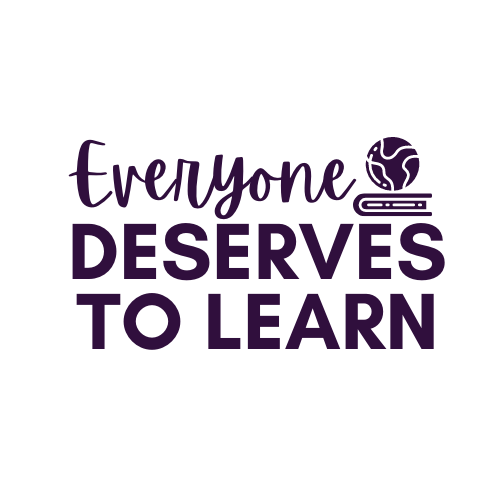Higher Level Question Stems for ELL's
We all want to ask higher level thinking questions in class, but sometimes we find ourselves hesitant to call on our ELL's. Or, we find ourselves simply asking basic questions in order to include the whole class. I bet you're used to thinking about how to differentiate the activities in your lesson, but have you spent time thinking about how to differentiate your direct instruction? Small group or whole group, teachers spend a lot of time asking questions- but are your questions reaching all your learners?
Making higher level questions applicable for all learners IS possible! As noted in this article, there's no need for teachers to shy away from higher level questioning, as long as there is an understanding of student proficiency levels. That sounds very nice, but how are busy classroom teachers to understand proficiency levels in the first place? The answer? Use a map.

I have a student who is a solid Level 1.5, another student who is spot-on Level 3, and one who fluctuates between Level 1 and Level 3, depending on the day. This is just a guide, so don't worry if yours don't match up perfectly!
How can I use this to drive my higher level questioning? For starters, keep this map handy when planning lessons or activities. Stick it in your teacher binder or save it to your desktop. When planning, you can even group your students by color or level, which will make differentiating your questions easier. Do you have any observations coming up? If you are using the Danielson model of evaluation, you'll be familiar with Domain 3b: Questioning and Discussion Techniques. If you are using the Marzano framework for evaluation, you're probably thinking about Domain 1, Element 40: Asking questions of low-expectancy students. Use these charts to show your administrators how you're designing effective questioning!
Once you are familiar with your students' proficiency levels, the questioning will come easily. You'll be able to quickly see who needs to move up or down a level as the year progresses. Having my questions broken up into groups will allow me to differentiate my activities by proficiency as well.
I'll be sharing this with the teachers in my district, and I hope you can use it with yours! Free to pin, save, and share! If you have questions about using the chart, send me an email or leave them in the comments.
What strategies do you use to differentiate your questions? I'd love to know!



